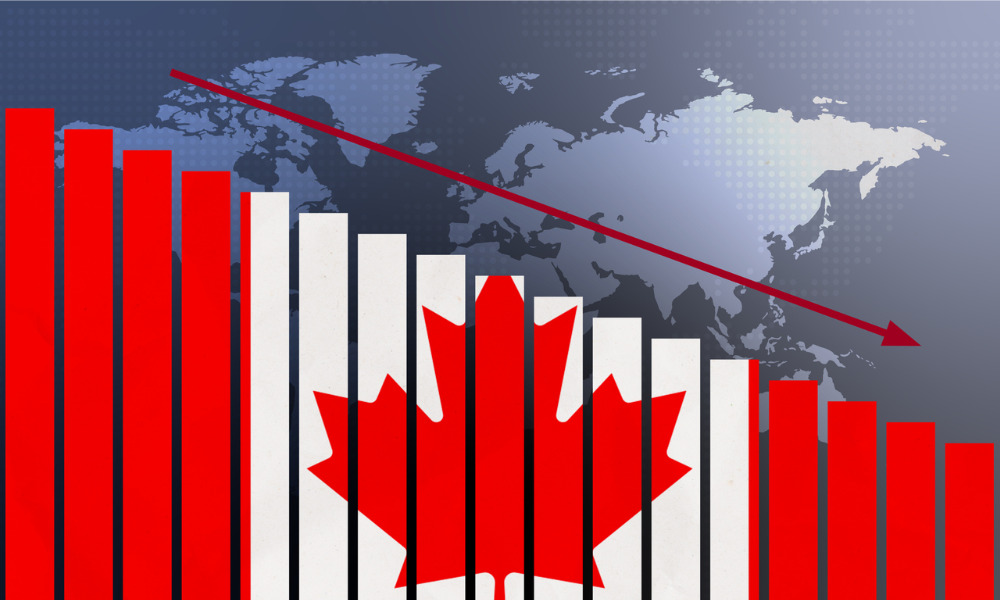Bottom earners edge closer to those at the top, but inflation is eating up their savings

Canada has seen improvement in the gulf between those with the least disposable income and those with the most, but it’s not all good news.
A new analysis of household income, consumption, savings, and wealth reveals that the income gap has returned to pre-pandemic levels of 45.1% in the second quarter of 2023 from a record high of 47.0% a year earlier which was driven by the end of government pandemic support.
The Statistics Canada data shows that more than a quarter of the income gains for the bottom 20% of income distribution came from the 10% top up for Old Age Security Benefits, while government transfers were the main source of income for 40% of this cohort (up from 37% a year earlier).
This group saw their disposable income rise 20.1% compared to 3.6% for all households.
Interest rates were a drag on the lowest income households’ disposable income, with credit cards playing a major part along with lower net investment income. Mortgages and credit cards showed equally significant increases in interest charges for this cohort, compared to the average family where mortgage debt accounted for two thirds of the interest charge increases.
Higher wages helped those in the second income quintile and accounted for two thirds of their disposable income.
Meanwhile, the top 20% highest income households saw their average disposable income growth slow with wages and salaries up 3%, self-employment income up 11.2%, and net investment income up 15.2% with interest charge rises having a minor impact.
They also saw a 13.2% decline in government transfers.
Wealth gap widens
The cost of living is taking a bigger chunk out of lower income households’ wealth as they are forced to dip into – and reduce – savings to pay their bills.
The highest income households saw a 6% increase in their net savings rate ($816), while the lowest income group posted a decrease of 3.9% (-$360) as the cost of living outpaced their income gains.
Canada’s wealthiest 20% accounted for more than two-thirds (67.8%) of net worth in the second quarter, while the least wealthy (bottom 40%) accounted for 2.7%.
And the stats show things are worsening with a 0.6% increase in the wealth gap in Q2, 2023 – one of the largest increases ever - compared with a 1.5% decrease from the end of 2019 to the second quarter of 2022, the largest drop on record.
Assets and liabilities
While the lowest income group held real estate, they were heavily impacted by mortgage rate rises and their average net worth declined in the second quarter relative to a year earlier as the increase in mortgage debt to finance those assets (+8.4%) outweighed the increase in the value of their real estate holdings (+3.9%).
Meanwhile, the highest income group saw their net worth increase by 2.7% year-over-year, faster than the 2% average for all households, with financial instruments gaining 6.6% while real estate value dropped 2.8% (for all households it was 2.1%), and their debt was relatively stable at 1%.
Younger Canadians (under 35) cut back their share of mortgage debt as rate hikes kept them on the sidelines, but the youngest households' debt-to-income ratio declined as mortgage debt fell and income gained, while their debt service ratio increased to 11.5%, up around 4 percentage points, as the cost of servicing their debt increase despite an overall reduction in debt levels.



